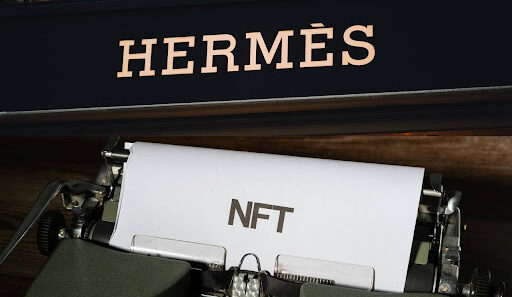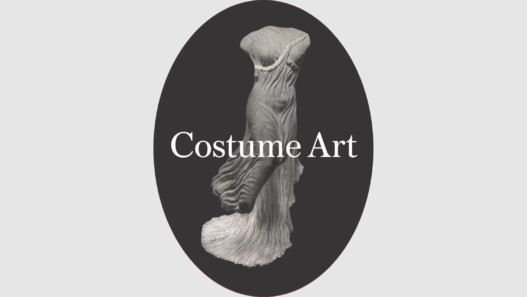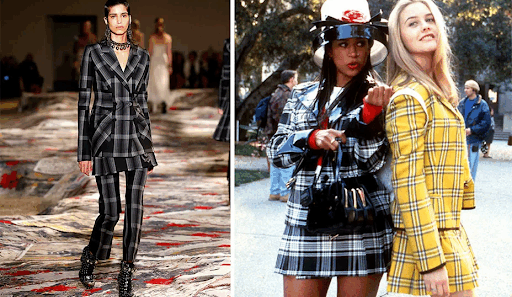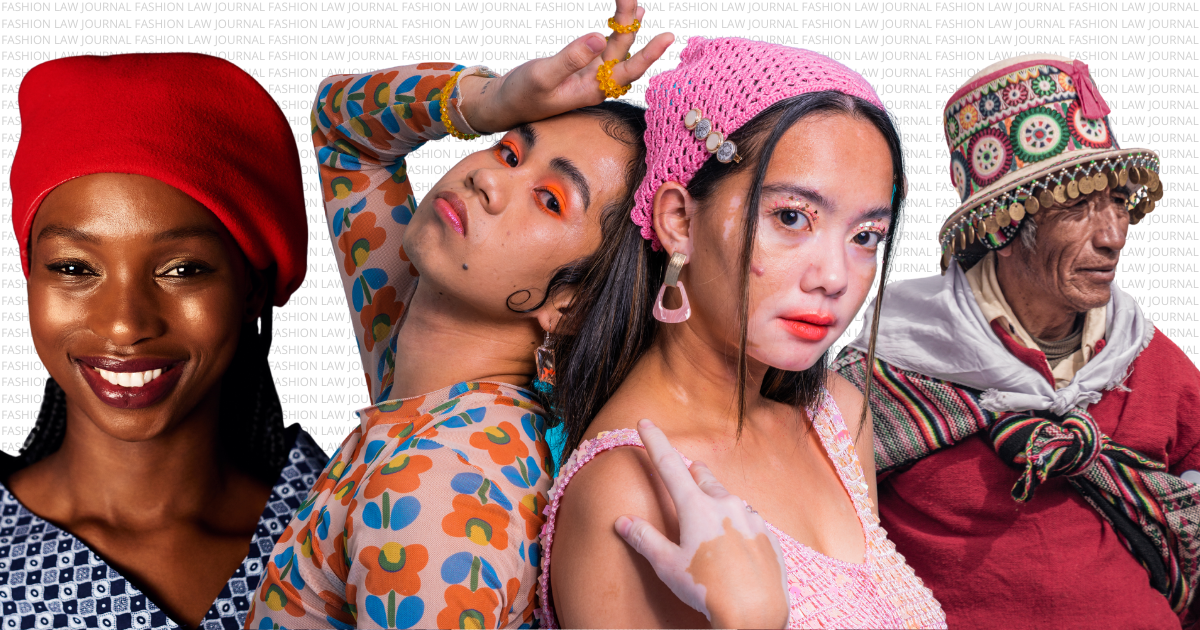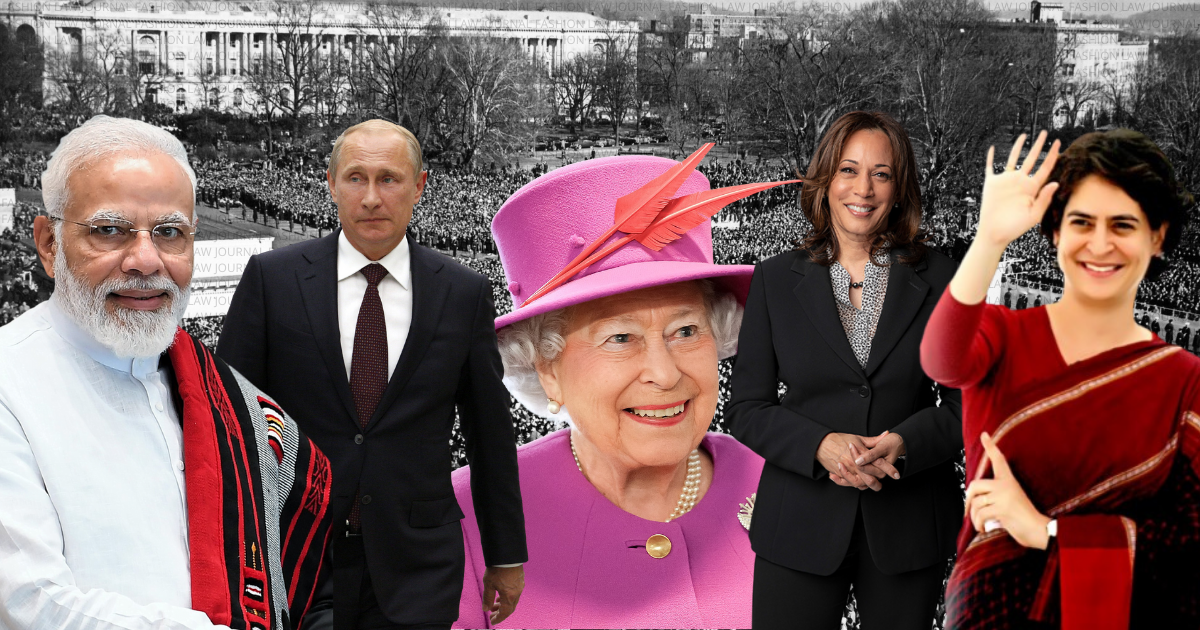“Fashion is supposed to be something that helps us escape to a magical place in our brains. Not something used as a tool to oppress people”
– Aurora James
Colonialism laid the foundations of what we know of the world today. The supremacy of certain hegemonic traits expanded all over planet earth, thereby opening the doors to globalization due to the curiosity that dominating powers had for other cultures. At its beginnings, many misconceptions arose about “the others” with different skin tone, facial or body structures. However, science has overthrown these racist or discriminatory beliefs which are heavily sanctioned now and remain in the past. Nowadays we see that new generations are showing more empathy towards other cultures and their sociocultural struggles.
As a consequence of the revalorization of what is considered different, unknown, quirky, interesting, or mystic; many artists find in other cultures inspiration to create and profit from the usage of the heritage that does not belong to themselves. This premise brings us to theorize around the limits between how far can artists or designers go because a very fine line stands between: a) paying homage to other exotic cultures and b) appropriating those cultures while taking advantage of them by mishandling their ancestral knowledge.
After giving a brief contextualization, this article focuses on the fashion industry and the deep-rooted issues that are presented when designers do not act ethically in their quest to innovate by appropriating other cultures and not appreciating them correctly.
EXOTICISM IN FASHION
Exoticism in the fashion industry is not new, this debate has been going on for decades. According to Madelyn Shaw[1], this concept applied to fashion can be represented as viewing “the other” in a romantic light, that is, mining other cultures in search of styles, patterns or motifs –everything related to art and creativity– with the sole purpose of producing unique marketable designs.
All around the world there is a need for diversification, especially in the fashion industry, since inspiration that comes from foreign sources are greatly appreciated for the beauty and inventiveness that they bring. “Novelty is a global desire”[2] and the sense of mystery can be very intriguing to customers and designers. Nonetheless, where do we draw the line? When is a piece of clothing considered appropriation and when is it considered appreciation of a foreign culture?
CULTURAL APPRECIATION OR CULTURAL APPROPRIATION?
It is no secret that fashion designers draw inspiration from all kinds of places, objects, and more; as the fashion world constantly praises and encourages innovation. Nevertheless, a debate is presented: it could be said that there is a pair of scales between two general ideas, one being people who are in favor of a dynamic fashion industry which implies supporting the diversity of cultural influences, that is, by borrowing or mixing different traits from cultures and portraying them in fashion designs. On the other hand, a group of people may be against the previously mentioned premise, by asking for respect for indigenous rights and their heritage, since misrepresentation can appear by sourcing elements from traditional cultures and reusing them out of context, which can cause harm. We will delve a little deeper into the definition of traditional cultural expressions that are often used for inspiration in the fashion industry.
Traditional Cultural Expressions[3] (hereinafter TCE)
Also called “expressions of folklore”, these are tangible or intangible forms in which long-established cultures are expressed or embodied, they are passed down from generation to generation and often in an oral context, they are linked to indigenous people or a local community and usually the authors are unknown.
For instance, traditional clothing from a specific community does not only portray functionality or decoration; it is much more complex than that and it has a communal meaning, due to the fact that it constitutes an identity element to that specific group of people. Hence why copying designs without taking into account the underlying cultural component can negatively impact them. Below are detailed aspects around the definition of cultural appropriation as well as a famous case regarding this matter in fashion.
CULTURAL APPROPRIATION: CAUSES AND CONSEQUENCES
Cultural appropriation in fashion can be considered as a way of reclaiming ownership of traditional cultural expressions from another culture (in most cases a minority) by imitating their designs and breaching their alleged intellectual property rights without any kind of consent, compensation or credit. In other words, we are referencing groups of people being taken advantage of when their intellectual rights are not being recognized. However, it is important to mention that in most of these cases (if not all), due to the open nature of the communities, they do not register their designs legally.
Mainly the problem relies under the fact that indigenous people do not view their heritage in terms of property (this being something that has an owner and is used for the purpose of economic benefit), they value their heritage in terms of community which carries certain responsibilities; such as showing respect and intertwining their cultural expressions with the preservation of reciprocal relationships with the environment.[4] As a result, they do not have the need to register their intellectual property rights.
Now, in the first place, to what extent may governments interfere regarding the fact that certain demographics should obtain exclusive rights to intellectual property? Since culture exchange is not meant to be stifled, cultures are dynamic and evolving all the time, many people would argue that there is no such thing as “appropriation” if designers are meant to take inspiration from all different kinds of sources. Thus, traditional cultures should not be awarded any kind of intellectual property protection.
On the contrary, it could be mentioned that under the 2003 UNESCO Convention on the Safeguarding of Intangible Cultural Heritage[5] some kind of protection was provided; still, it does not amount to intellectual property protection and does not give a legal basis to sue anyone for borrowing any form of design.
Meanwhile, general consensus established that cultural appropriation is real and we will continue explaining two cases regarding this topic.
Isabel Marant and the Mixe Huipil[6]
In 2015, a controversy appeared regarding a dress marketed by French fashion designer Isabel Marant, which depicted a pattern that is named huipil and also distinctively worn by the Mixe people as a symbol of their identity; they are an indigenous community from Santa María Tlahuitoltepec, Oaxaca in Mexico. The main problem lies in the almost perfectly imitated design, which was also priced at around 4500 Mexican pesos, 15 times more than the original dresses sold in Mexico (300 Mexican pesos).
It is important to mention the fact that Marant had not asked for permission to copy the huipil design, nor even acknowledged the inspiration source. Nonetheless, the Mixe people asked for recognition regarding the heritage of the community to be recognized as well as the removal of the blouse from her collection. They also mentioned: “Us, Mixes, are not a fabricated product meant to be registered, we are a living culture, expressing it through our huipiles”[7], which further explains the reasoning behind the aversion that indigenous communities have towards legally registering their TCE.
Urban Outfitters v. Navajo Nation[8]
Back in 2011, a legal dispute arose when the Navajo Nation filed a lawsuit against Urban Outfitters claiming the clothing retailer appropriated the Navajo name and tribal patterns. They alleged that the name “Navajo” is trademarked, as well as the Indian Arts and Crafts Act makes it illegal to imply that a product is Native American made when it is not.
The disputed items included: apparel, outerwear and jewelry which were labeled as “Navajo” or “Navaho”. Urban Outfitters also marketed a liquor flask decorated with Navajo patterns, which sparked outrage among the Navajo Nation where alcohol is considered prohibited.
After almost five years, the two parties have reached an agreement. Navajo President Russell Begaye announced that a settlement was reached and that the two parties will collaborate to market authentic Navajo jewelry. He mentioned: “We applaud [Urban Outfitters] for acknowledging the validity of the Navajo Nation trademark and are glad we have settled this matter,” “The Navajo Nation is proud of its strong history and welcomes working in collaboration with [Urban Outfitters] and other retailers to highlight our unique culture.”
As we can see here, in contraposition with the previous case, after the settlement both parties agreed to collaborate in the future; therefore the previous cultural appropriation was acknowledged and corrected.
CONCLUSION
Appreciating diversity in the fashion industry
Traditionally in the fashion world; photographers, celebrities or models and stylists are credited tirelessly, as well as the end product that is sometimes seen purely as an economic source. Maybe it is time to start focusing rather on the original sources that inspire famous designers: the living, breathing cultures that not only see fashion or their TCE as an economic industry, but as an identity that has accompanied them for decades if not centuries.
Taking inspiration from ancient cultures by hunting for exotic or diverse motifs in contemporary fashion can actually be honorable, but designers should be very careful by paying homage to these cultures in a correct and respectful way by following certain guidelines. This matter may be discussed in a different opportunity.
References:
[1] Madelyn Shaw, Chapter 20: Exoticism in Fashion: From British North America to the United States, in Global Textile Encounters. 1. Oxbow Books. 186 (Marie-Louise Nosch, Zhao Feng and Lotika Varadarajan ed., 2014). https://t.ly/kJaA
[2] Id.
[3] Centre for International Governance Innovation, Cultural Appropriation in the Fashion Industry: Can Intellectual Property Rights Help? YouTube (Jul. 17, 2019). https://t.ly/M9m6
[4] Erica-Irene Daes, Protection of the Heritage of Indigenous People. 10. United Nations Digital Library System. (1997). https://t.ly/zYvm
[5] Richard Kurin, Safeguarding intangible cultural heritage in the 2003 UNESCO Convention: a critical appraisal, in Museum international, LVI, 1-2 / 221-222, p. 66-77, illus. (2004). https://t.ly/YhjD
[6] Naomi Larsson, Inspiration or plagiarism? Mexicans seek reparations for French designer’s look-alike blouse, The Guardian, (Jun. 17, 2015). https://t.ly/vtRO
[7] Isabel Marant y el caso Mixe. Hilando Historias (Nov. 14, 2015). https://www.hilandohistorias.mx/isabel-marant-y-el-caso-mixe/
[8] Navajo Nation and Urban Outfitters Reach Agreement on Appropriation. Indian Country Today (Sep. 13, 2018). https://indiancountrytoday.com/archive/navajo-nation-and-urban-outfitters-reach-agreement-on-appropriation



